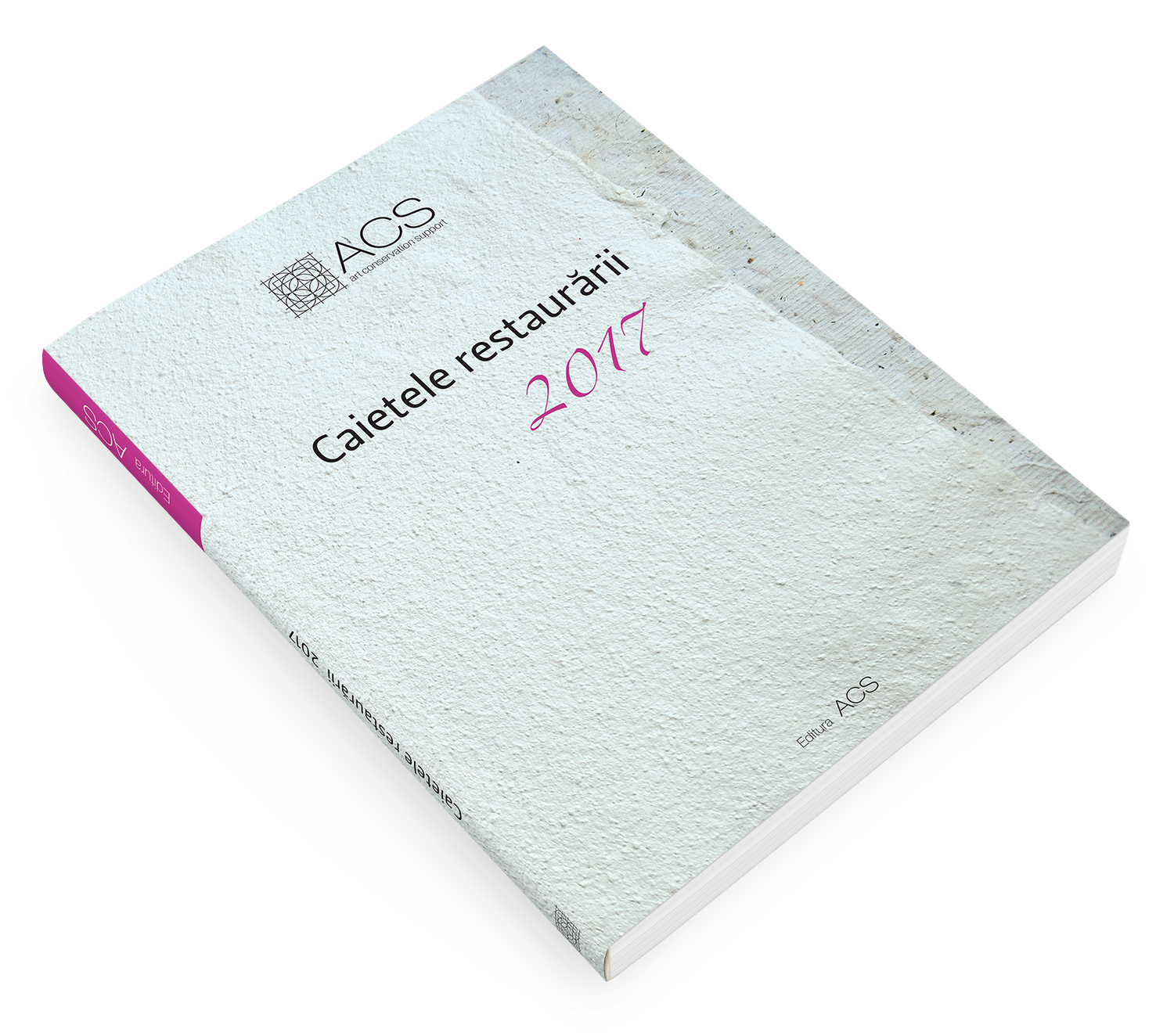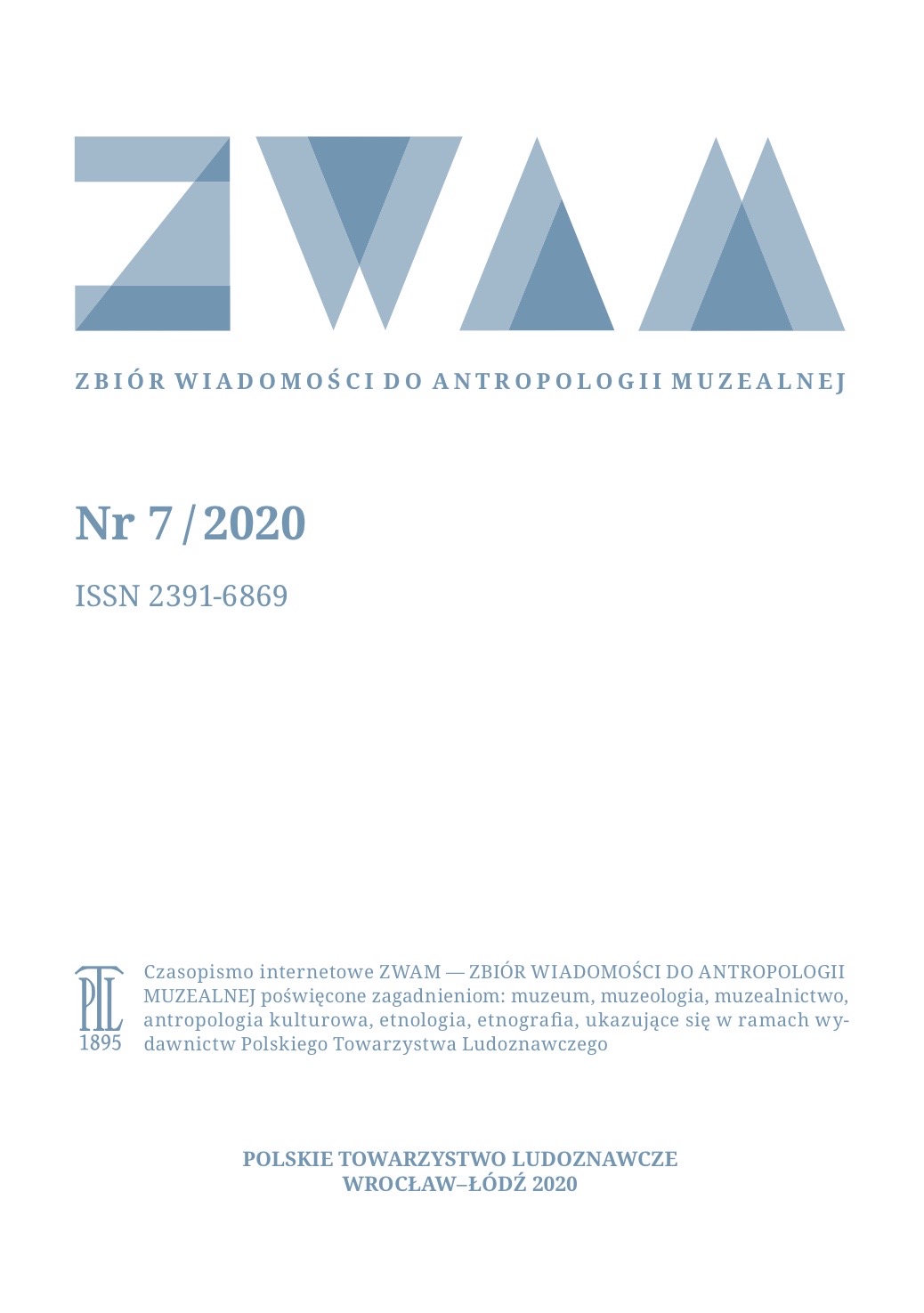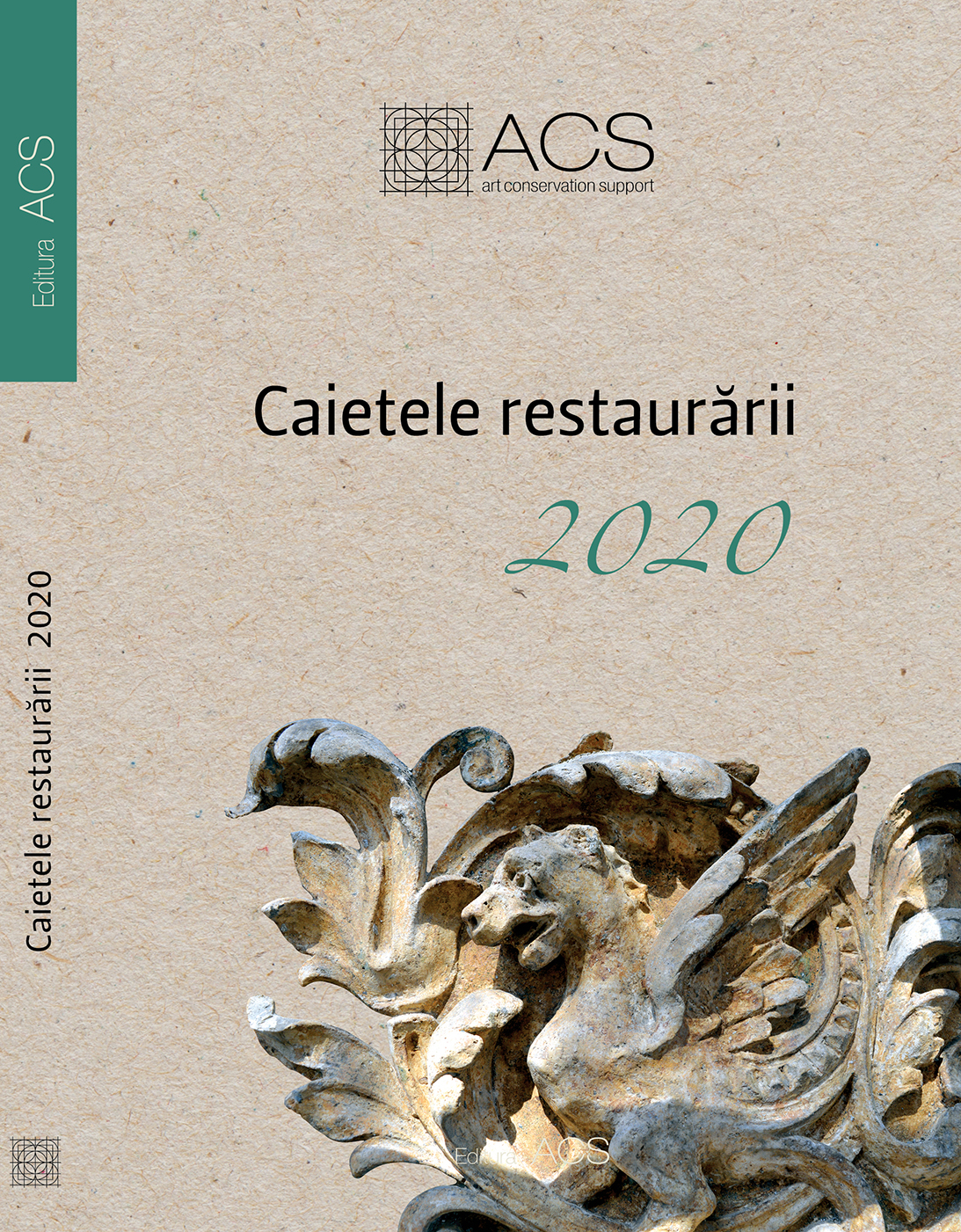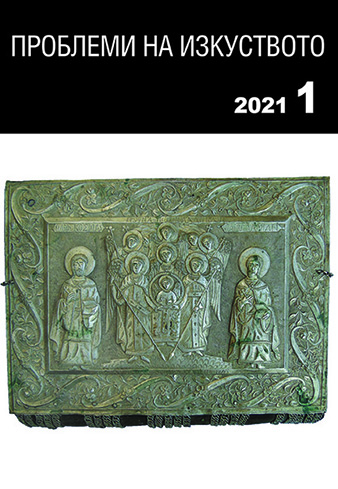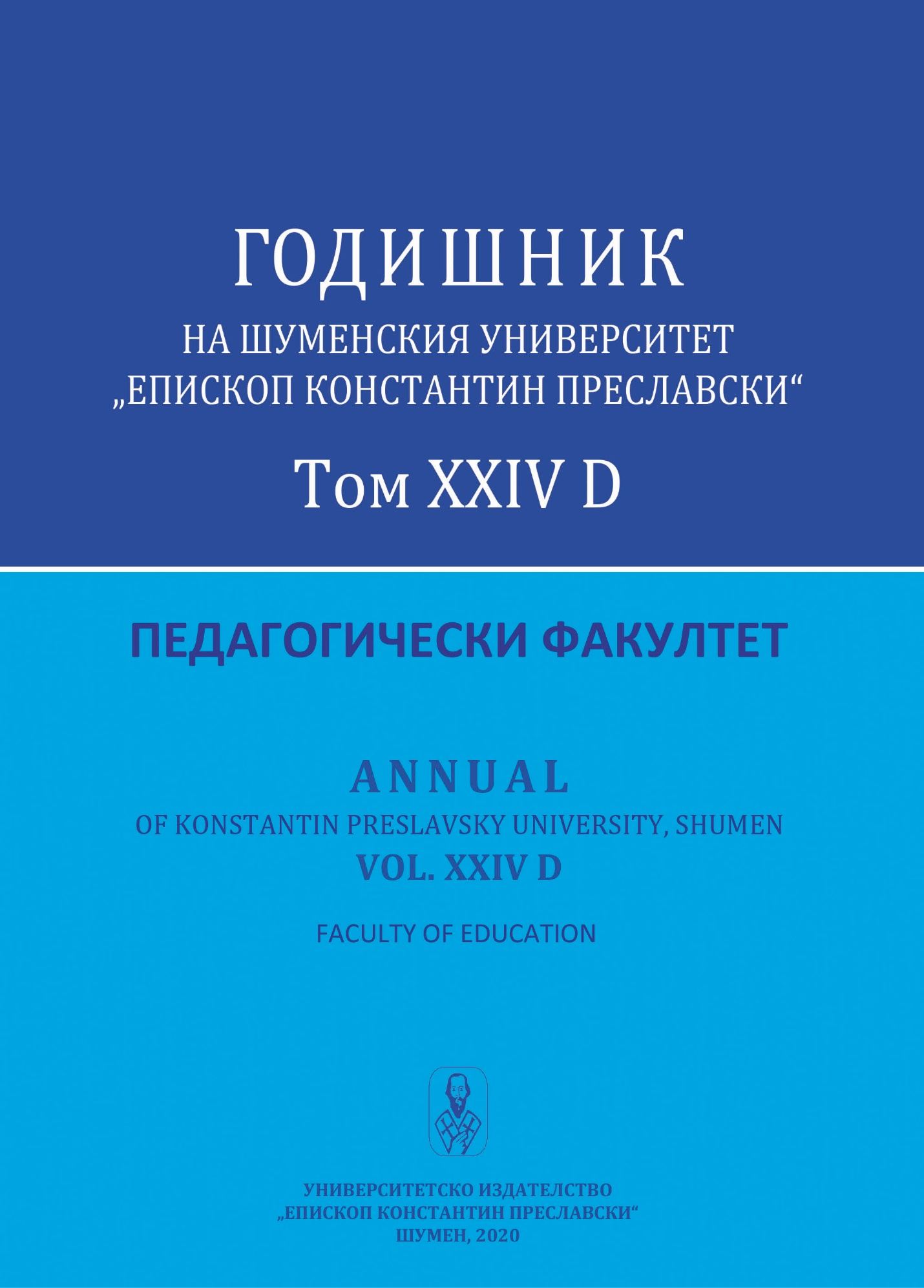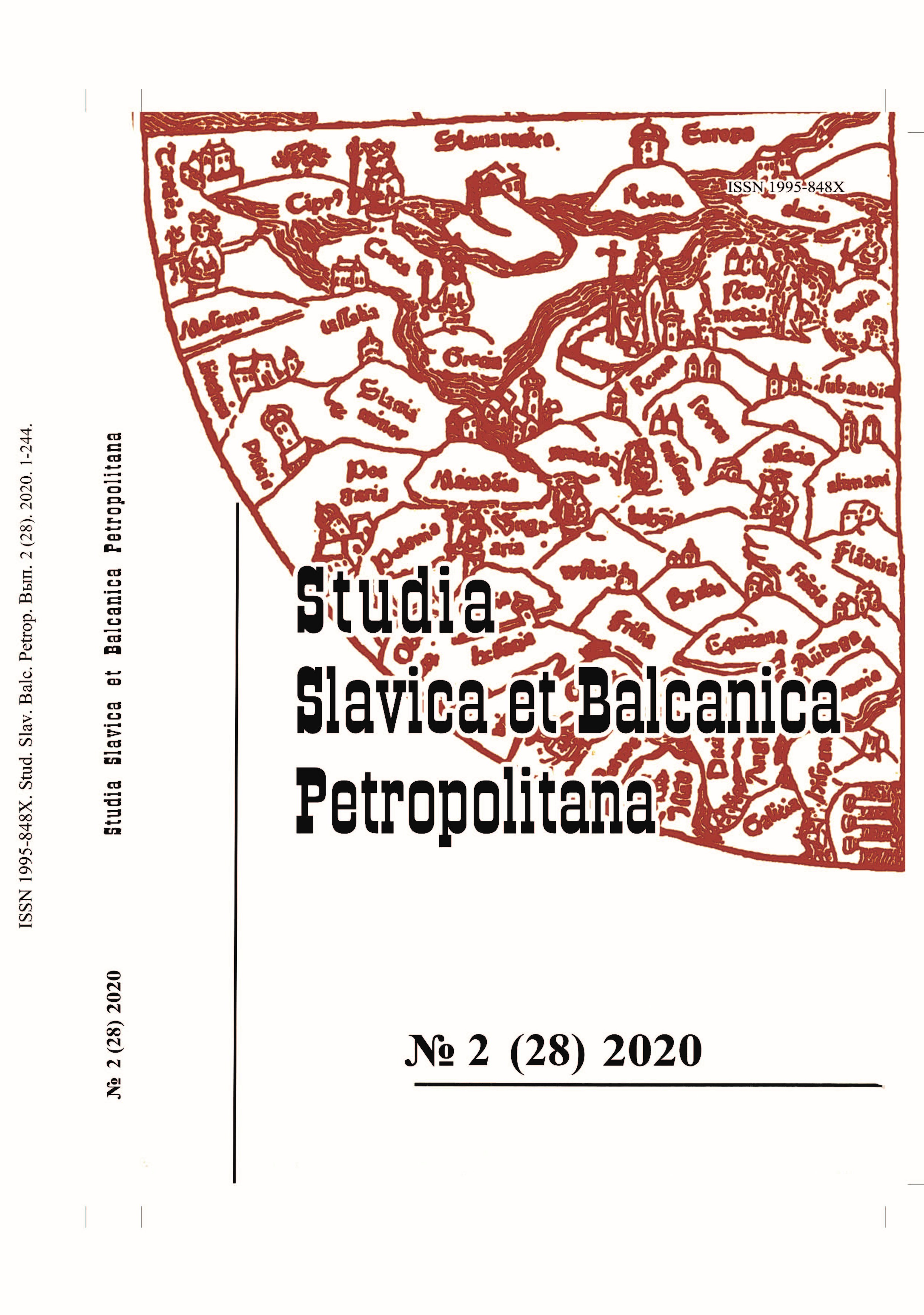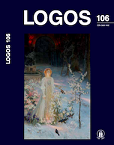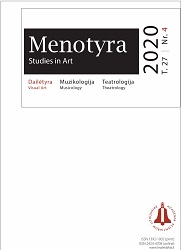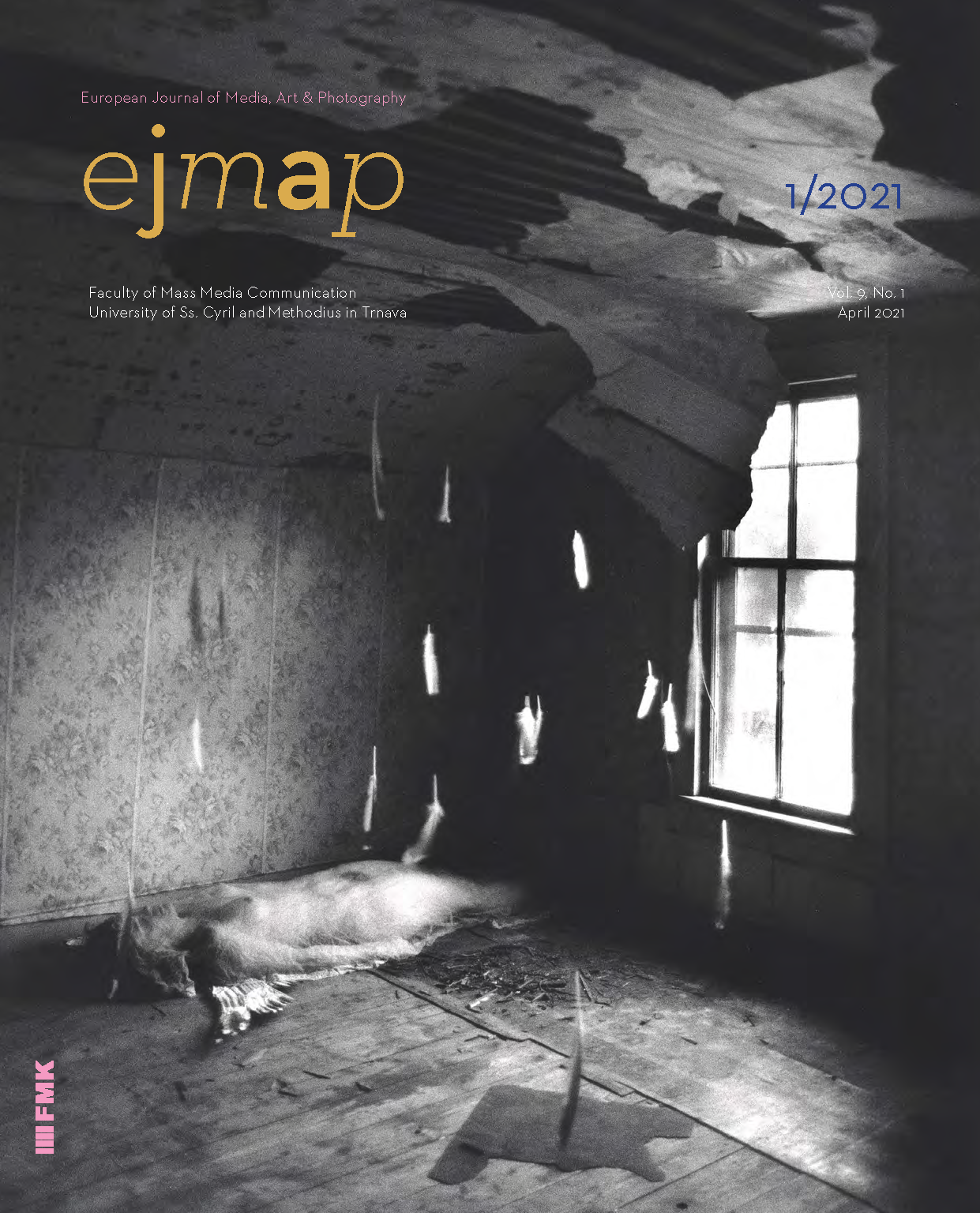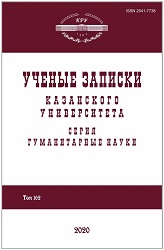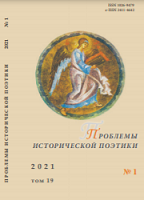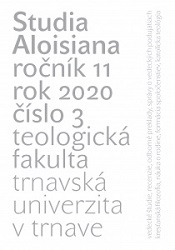Author(s): Aušra Vasiliauskienė / Language(s): Lithuanian
Issue: 4/2020
The article analyses the iconographic programme of the altars of St Trinity Church of the convent of former Bernardine nuns (Sisters of the Third Order of St Francis) in Kaunas until its closure in 1864 and reveals the expression of the spirituality of this order in the sacral art as far as the surviving few sources and heritage allow. In order to achieve the goal, the following objectives were established: (1) to reconstruct the old interior of the altar ensemble, (2) to reveal the most important peculiarities of the Bernardines’ spirituality, and (3) to highlight the logical connections between art and Bernardine spirituality in church art through the icono-theological approach. Scarce earliest sources indicate that the most venerated representation of the Virgin Mary and the relics of the True Cross were in the church in the first half of the seventeenth century, and the Feast of the Discovery and Exaltation of the Holy Cross was celebrated. These hints suggest that piety to the Crucifix and the Mother of God was prevalent at that time. The cult of the Crucifix is associated with the common origin of Franciscan religious devotion, which encourages following the example of St Francis by contemplating the suffering of Jesus Christ. Also, it is not difficult to infer that based on the name of the church, the high altar should have been dedicated to the Holy Trinity; therefore, there should have been appropriate piety practices. It is believed that the fraternity of the Holy Trinity was active from the time of the completion of the church. The main accents of iconography of the altars of the Bernardine Church in Kaunas were formed after the disasters in the mid-seventeenth century, the last fire in 1668. The Holy Trinity was the dominant accent of piety. A painting dated to the early eighteenth century that reflects the post-Tridentine recommendations for visual arts decorated the high altar of the same name. In the early eighteenth century, the exceptional piety to St Joseph also gains prominence: in 1703, the fraternity of St. Joseph was established and a separate altar was dedicated to this saint. The feasts of the Holy Trinity and St Joseph were celebrated. It is believed that the Bernardine nuns in Vilnius, who had settled in the city a little earlier, influenced the piety to the Holy Trinity. A highly developed and majestic iconography distinguished their high altar, visually emphasising the figure of the Crucifix. The exceptional piety of the Bernardine nuns of Krakow to St Joseph influenced the cult of this saint. The first Bernardine nuns came to Lithuania from Krakow and, without doubt, the Lithuanian nuns must have kept in touch with the nuns from Krakow. Devotion to the Virgin Mary and the Crucifix was further developed. Two altars in the church were dedicated to the Mother of God (Mary, Consoler of the Afflicted and Our Lady of Sorrows); also, there were altars of Jesus at the Pillar and the Crucifix. The relics of the True Cross preserved and venerated in the altar of the Crucifix are mentioned from the first half of the seventeenth century. The Feast of the Discovery and Exaltation of the Holy Cross was celebrated. The Bernardine nuns venerated the Franciscan saints and close followers and brothers of St Francis. This is confirmed by the altars of St Francis of Assisi (stigmatisation plot), St Clare, and St Anthony of Padua in the church. A closer study into the lives of the lesser-known saints who can be easily confused with other popular saints of the same name revealed a rich gallery of Franciscan saints, especially females, among them. Bernardine nuns had a separate altar and a feast dedicated to St Elizabeth of Hungary, the patron of the Third Order of St Francis and one of the most venerable followers of the example of St Francis’ life. In the context of other Bernardine monasteries in the Grand Duchy of Lithuania, the Bernardine nuns in Kaunas stood out for their veneration of this saint. Bernardine nuns also distinguished St Rose of Viterbo, St Agnes of Assisi, and St Barbara, whose cult is associated with active devotion of the Lithuanian Bernardines to this saint. The iconography of the Bernardine Church was influenced by the Convent of St George the Martyr in Kaunas, whose church was naturally richer and whose iconographic programme covered a broader spectrum. Interestingly, it also contained images or sculptures of all the above-mentioned saints associated with the Franciscan Observants, including the female saints lesser known to other communities of believers, while individual altars were dedicated to St Rose from Viterbo and St Barbara. The ensemble of church altars, which had been gradually evolving from the seventeenth century, and the practices of piety hardly changed until the closure of the convent in 1864. It is unfortunate that due to the lack of sources, many assumptions and questions remain, and one can only hope that further research into the interior of the church will lead to more discoveries.
More...
